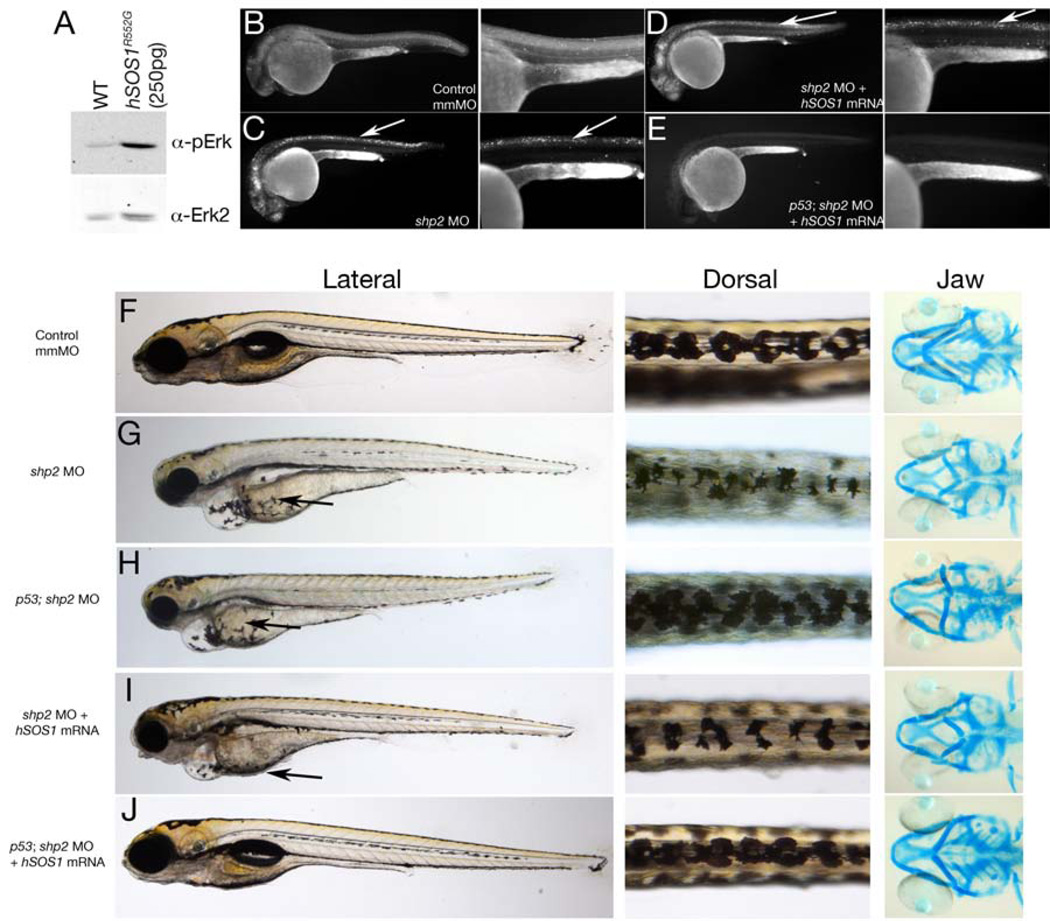Figure 5. Restoring both Shp2-dependent pathways inshp2 MO embryos rescues neural crest phenotypes.
(A) Immunoblot showing effect of hSOS1R552G mRNA on Erk activation. (B–E) Lateral views of Acridine orange labeling in 24 hpf embryos. Cell death caused by shp2 MO (arrows in C) is not rescued by co-expression with hSOS1R552G mRNA (arrows in D) in WT embryos, but is rescued in p53 mutant embryos (E). (F–J) Lateral (left) and dorsal (middle) views of live 5 dpf embryos and ventral views (right) of 6 dpf embryos stained with Alcian blue. (G) Injection of shp2 MO causes severe jaw, heart and pigmentation defects and delayed cell migration (arrow). (H) Injection of the shp2 MO into p53 mutant embryos partially rescues the jaw defects, but restores pigment cell numbers, although migration is still delayed (arrows in G, H). (I) Migration of pigment cells to the ventral stripe is rescued in shp2 MO embryos co-injected with hSOS1R552G mRNA (arrow), but pigment cell numbers are still reduced, particularly along the dorsal stripe (arrowheads), and embryos have smaller heads, heart edema and severe craniofacial defects. (J) Co-injection of hSOS1R552G mRNA into p53 mutant embryos completely rescues neural crest phenotypes.

